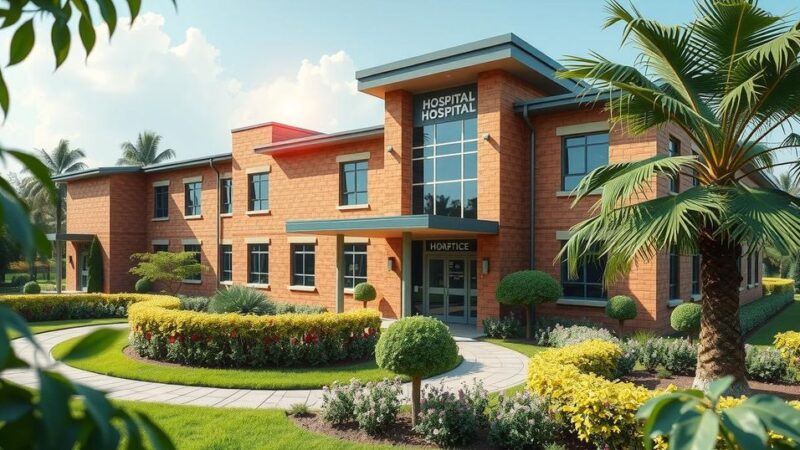A 70-year-old man from Madagascar, Firdoche Houssen, was diagnosed with an abdominal aortic aneurysm after a fall caused severe abdominal pain. He received a minimally invasive stent graft procedure in India, led by Dr. Abhijeet Soni and Dr. Ashank Bansal. His case illustrates the significance of early diagnosis and advanced medical interventions in saving lives.
A life-threatening situation arose for Firdoche Houssen, a 70-year-old man from Madagascar, following a fall from his bed. He experienced severe abdominal pain for over two months before he sought treatment in India. There, he was diagnosed with an abdominal aortic aneurysm (AAA), a critical condition characterized by a dangerous bulging in the main artery that risked rupture at any moment.
Initially, Mr. Houssen dismissed the pain he experienced after his fall. As the discomfort escalated, he sought medical assistance in Madagascar, where physicians advised him to pursue advanced treatment abroad. Upon his arrival in India, he was referred to Dr. Ashank Bansal, who, alongside Dr. Zainulabedin Hamdulay, conducted a CT abdomen angiography, confirming the diagnosis of AAA, which necessitated urgent care.
Dr. Bansal articulated the nature of AAA, stating that it arises when a section of the aorta weakens and bulges, increasing the risk of rupture and internal bleeding. This condition is often associated with smoking, high blood pressure, and hereditary factors, frequently remaining asymptomatic until it reaches a critical stage.
To treat the aneurysm, the medical team opted for a stent grafting procedure, which is minimally invasive, thus avoiding open surgery. Dr. Bansal explained, “Instead of a large incision, we used a 1 cm entry point through the artery to place a stent, reinforcing the weakened section of the aorta. This method significantly reduces recovery time, blood loss, and surgical risks.”
Performed on March 3, the two-hour procedure was successful, allowing the patient to be mobilized the next day and discharged on March 5. This rapid recovery highlights the efficacy of the treatment method utilized.
Fatema Firdos Djaver, Mr. Houssen’s daughter, expressed her profound relief, remarking, “My father suffered for two months, and we were advised to seek advanced care in India or Reunion. Choosing India and meeting Dr. Ashank Bansal and Dr. Zainulabedin Hamdulay was life-changing. The procedure was quick, and his recovery has been remarkable.”
Mr. Houssen’s experience emphasizes the critical importance of early diagnosis and access to advanced medical treatments. His successful recovery not only saved his life but also illustrated the value of minimally invasive vascular procedures in urgent medical situations.
In summary, Firdoche Houssen’s case exemplifies how a fall led to a critical diagnosis of an abdominal aortic aneurysm. Early intervention and the application of a minimally invasive stent graft procedure were pivotal in ensuring his recovery. This situation underscores the importance of seeking prompt medical care and the effectiveness of advanced medical techniques in treating life-threatening conditions. Mr. Houssen’s successful recovery highlights the potential to save lives through timely diagnosis and treatment.
Original Source: www.bwhealthcareworld.com






